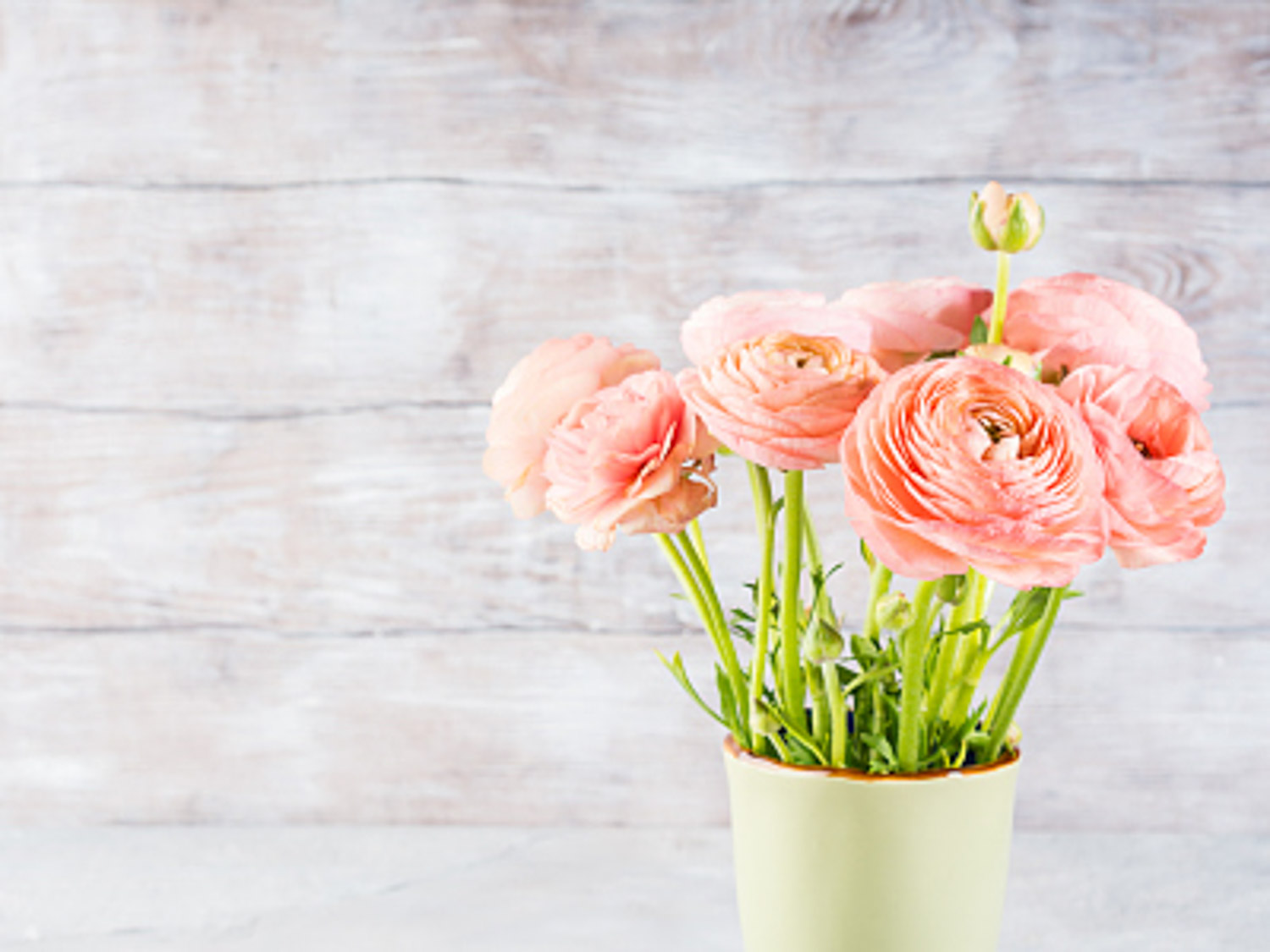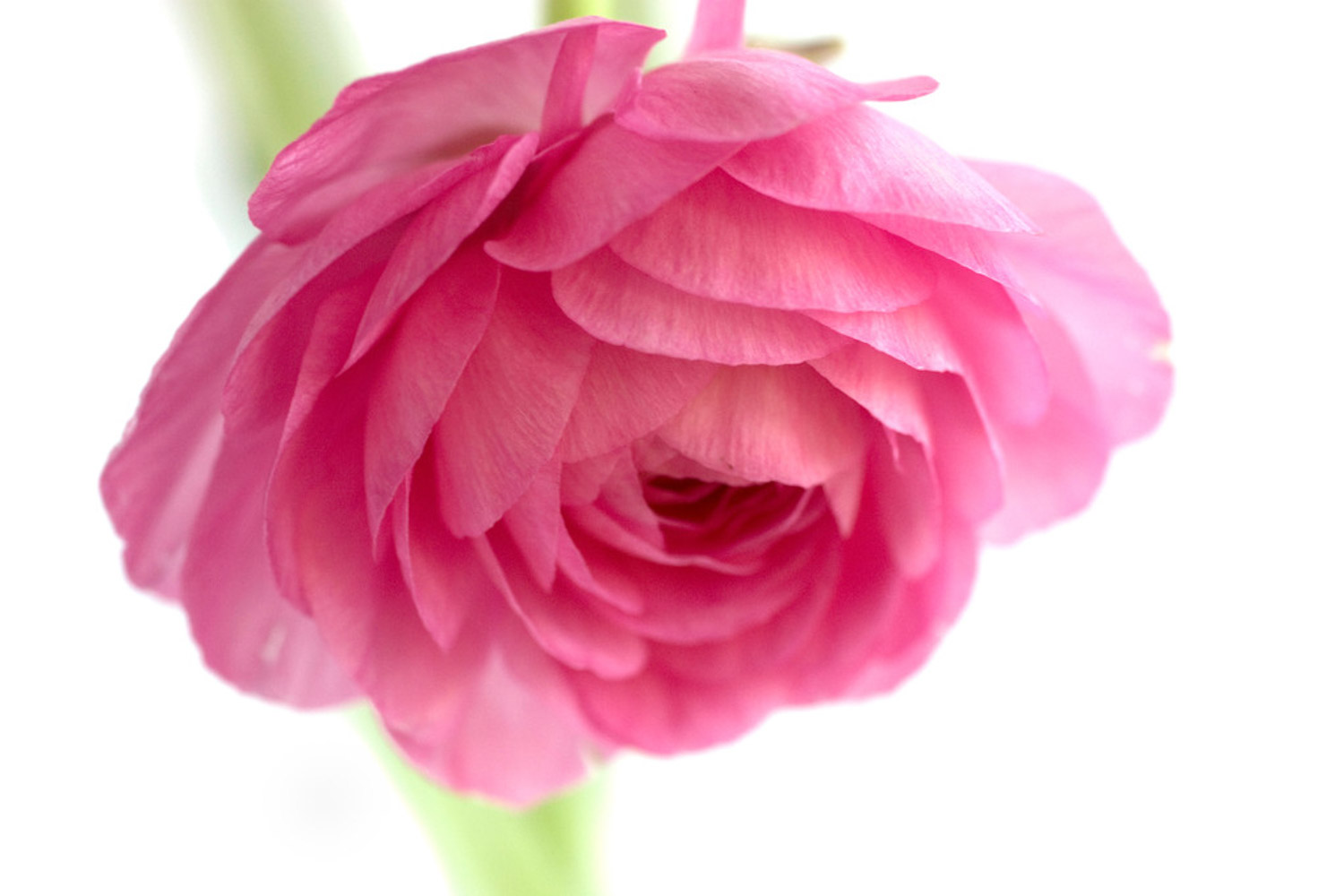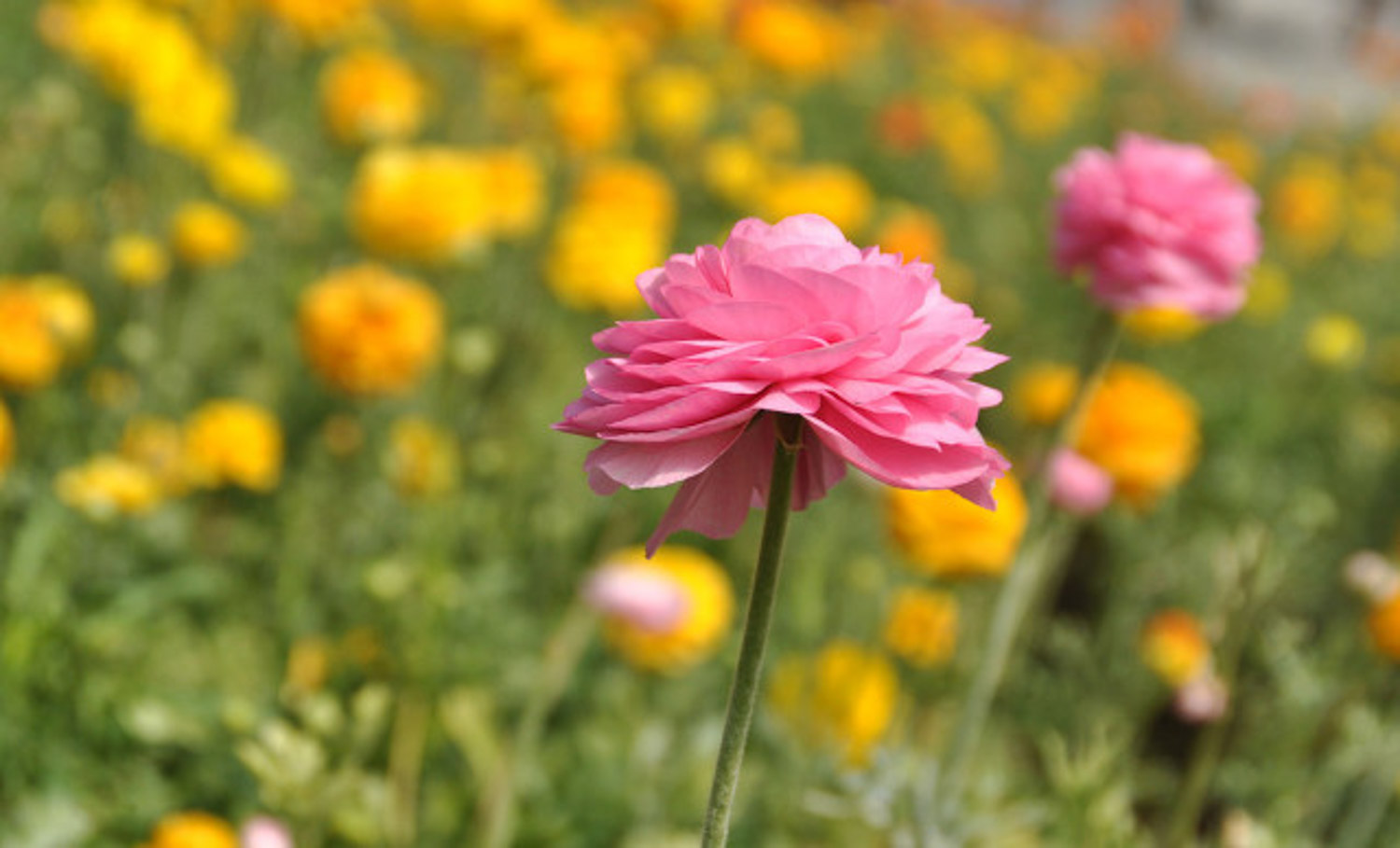1、 Breeding environment
1. Light: the maintenance of buttercup needs to pay attention to light management. It is a variety that likes light but is afraid of direct sunlight. Especially after April, when the temperature rises, direct light will accelerate the yellowing of leaves and enter the dormancy state in advance. Therefore, it should be placed in a bright light, but avoid direct sunlight
2. Soil: buttercup requires loose and fertile soil rich in organic matter. Because it is a bulb flower, the content of scale potassium in soil should be relatively high, especially potassium fertilizer, which is more conducive to the development of bulb

3. Temperature: generally, it is tolerable for a short time of zero temperature, but it will suffer from freezing injury at a lower temperature. Generally speaking, it likes a cold environment. After entering summer, dormant bulbs will appear. It is a high-temperature season to spend summer in the soil. Therefore, when its leaves are all withered and yellow, it is necessary to cut off water and put them in a ventilated environment, so that it can safely spend summer, enter the cool weather after September and grow again in the later stage

2、 Basin changing method
During the dormancy period, it can be taken out of the original basin, removed the waste soil and dead roots, and replanted with new planting soil. When planting, the bulbs of Ranunculus japonicus are covered with soil about 1 to 2 fingers deep, then watered with water once, and gradually maintained in the open air
If the basin soil is relatively dry, it can be watered several times to gradually wet the soil to reach the normal maintenance level. If the amount of one-time watering is too large and the absorption is not good, part of the soil will be in a state of mud stress, resulting in hardening, which is not conducive to its normal maintenance


 how many times do yo...
how many times do yo... how many planted tre...
how many planted tre... how many pine trees ...
how many pine trees ... how many pecan trees...
how many pecan trees... how many plants comp...
how many plants comp... how many plants can ...
how many plants can ... how many plants and ...
how many plants and ... how many pepper plan...
how many pepper plan...





























